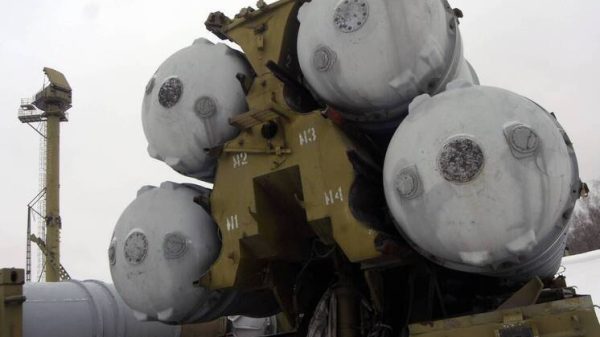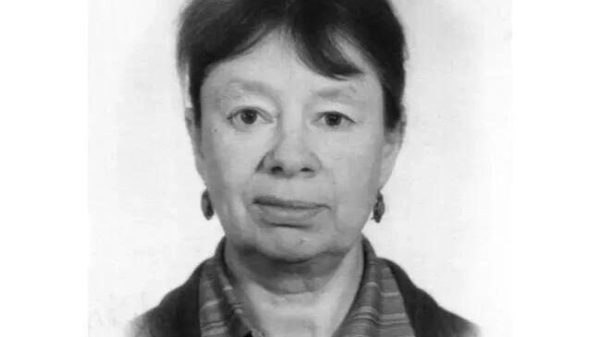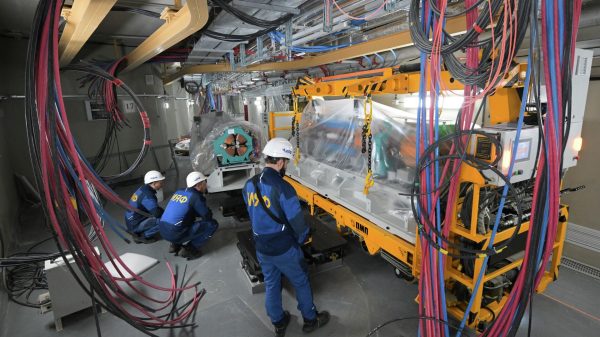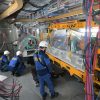The find may help to learn about the history of the formation of the modern Celestial Empire
Archaeologists excavated a tomb in Eastern China. The tomb is recognized as the largest and most architecturally complex ever found. Scientists believe that it belongs to the emperor of the Chu state.

Chu was one of the Seven States, along with Qin, Han, Wei, Zhao, Qi and Yan, in southern China during the Chunqiu era (722–481 BC). The unification of these states is considered the beginning of the formation of modern China.
The 2,200-year-old tomb, located in Anhui province near the eastern Chinese city of Huainan, yielded more than a thousand artifacts, including figurines, musical instruments, bronzes, household utensils and lacquerware dating back to around 220 BC.< /p>
In one of the largest archaeological sites in the state of Chu Wuwandong, researchers previously discovered a cemetery with an area of 1.5 sq. km with a chariot, sacrifice pits and a tomb believed to have belonged to the owner of the cemetery.
The recent discovery is considered the highest-level tomb of the ancient state of Chu ever excavated, and its enormous scale, complex structure and rich contents suggest that it belonged to the emperor of this state.
According to information obtained by the Global Times newspaper The Anhui Provincial Institute of Cultural Relics and Archeology, based on the size of the tomb as well as historical records, suggests that the owner of the tomb may be King Chu Kaoli. However, further retrieval of artifacts and analysis of textual evidence will be required to more accurately locate the owner of the tomb.
Meanwhile, the tomb was repeatedly looted throughout history. In 2019, China's National Cultural Heritage Administration allowed the tomb to be excavated and archaeological remains salvaged. The official start was made a year later, and they were recognized as a national project to use archaeological research to determine the origins of Chinese civilization.
The Uwandong tomb complex, covering an area of more than 140 square kilometers, includes sacrificial pits, chariot and horse pits, satellite graves and a main funerary grave. It is a large, almost square, vertical pit tomb with sides about 50 meters in length. On the eastern side there is an inclined passage 42 meters long.
Eight side rooms were discovered around the pit, as well as a central one with a coffin. So far, 443 boards for the coffin lid and 78 bamboo mats that covered them have been recovered. The boards were inscribed with about a thousand hieroglyphs in ink, which indicated the location and purpose of each side chamber.
«The finds can provide a general idea of the political, economic, cultural, technological and social conditions of the state of Chu during the Warring States period.” , — told the Chinese state news agency Xinhua archaeologist Gong Sicheng.
He added that the results obtained can help learn about historical evolution, as well as the formation of a single nation and its culture.























































Свежие комментарии